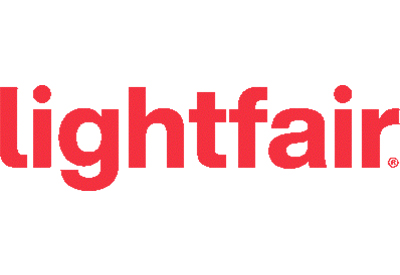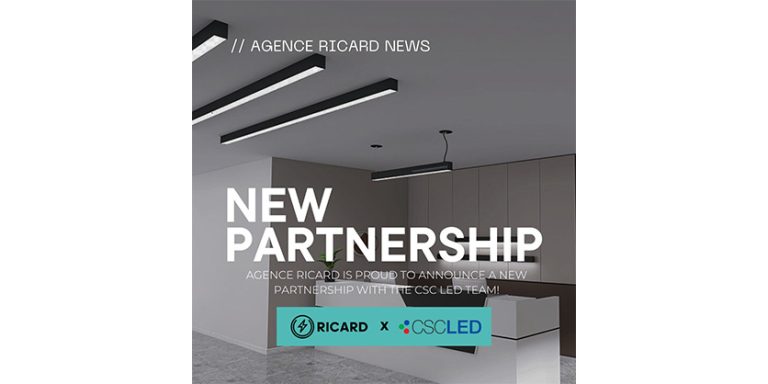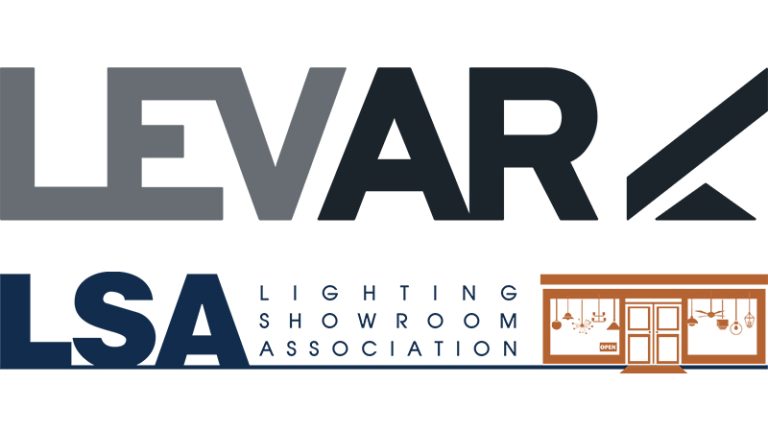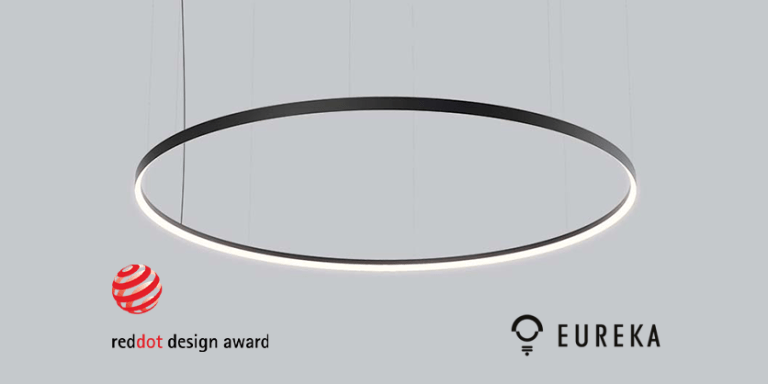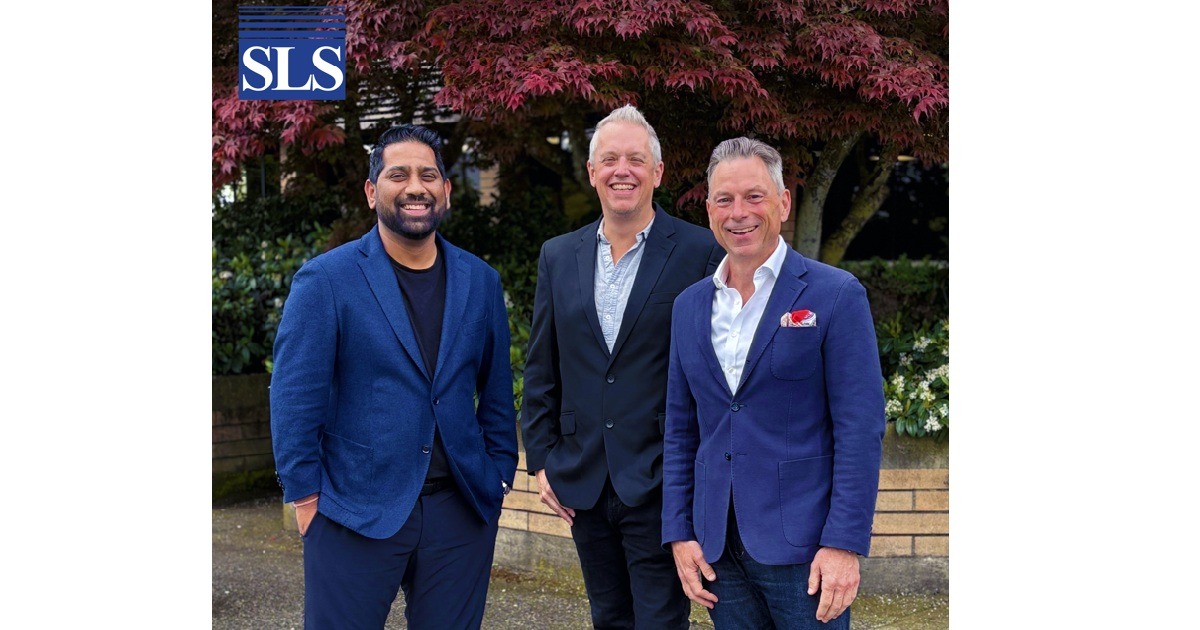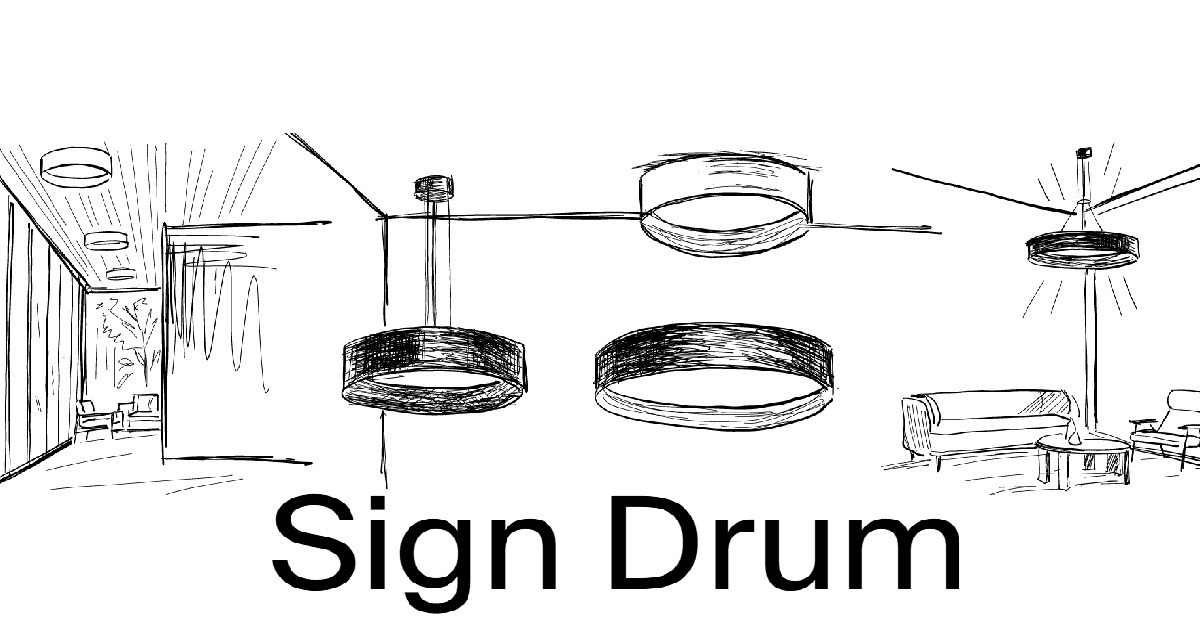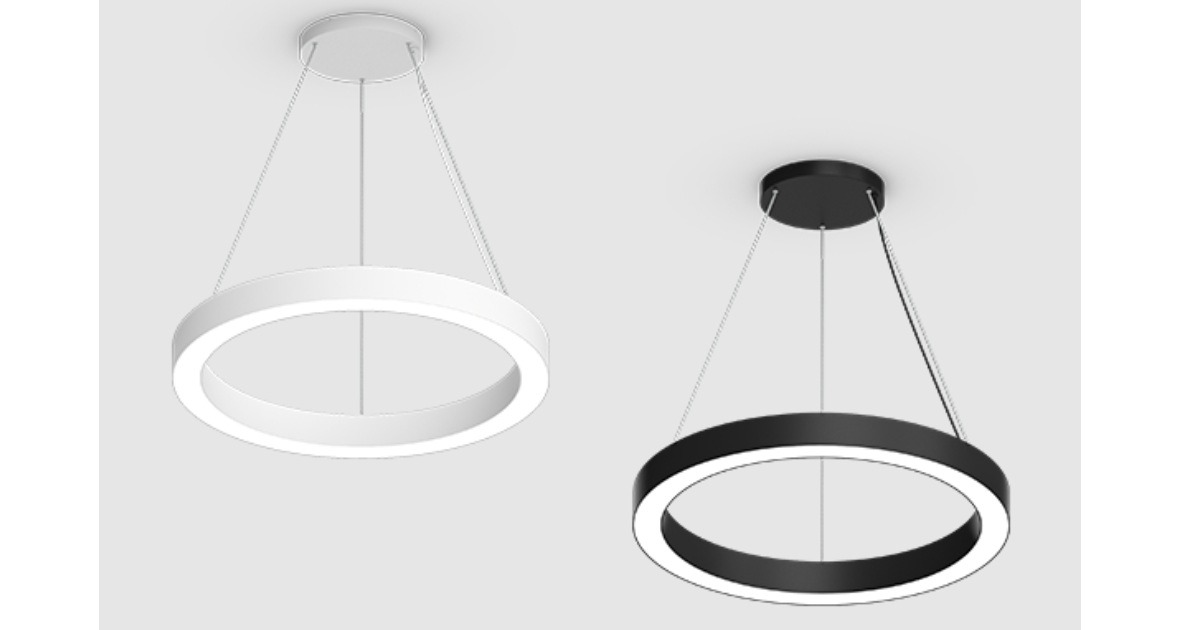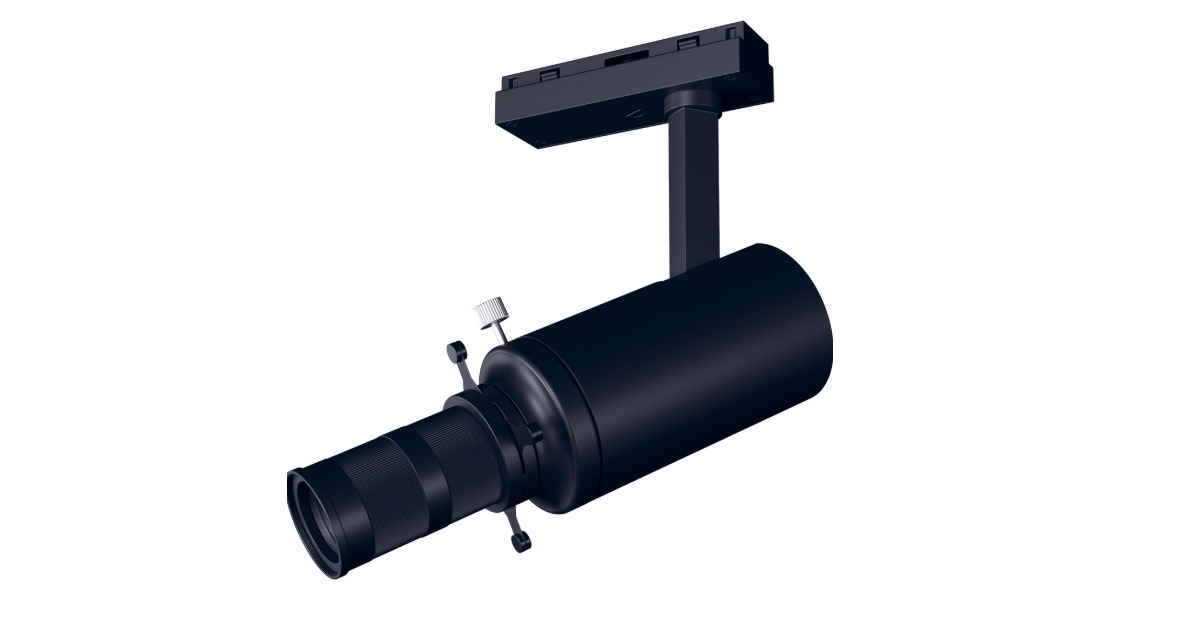Video: NLB Panel Discussion on Competing Metrics in Human Centric Lighting
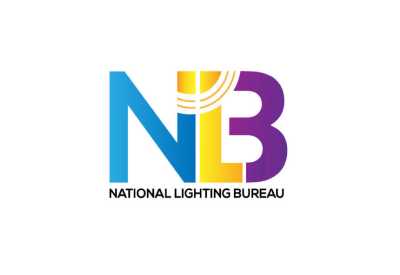
Dec 4, 2019
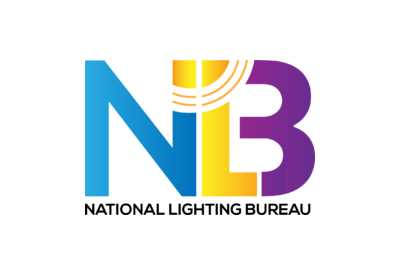 There are two important, sometimes competing, metrics regarding Human Centric Lighting. One is the Equivalent Melanopic Lux (EML) and the other is Circadian Stimulus (CS). The metrics were discussed by a panel of experts convened at the National Lighting Bureau’s most recent Annual Lighting Forum. A video of the panel discussion is now available for free viewing or download.
There are two important, sometimes competing, metrics regarding Human Centric Lighting. One is the Equivalent Melanopic Lux (EML) and the other is Circadian Stimulus (CS). The metrics were discussed by a panel of experts convened at the National Lighting Bureau’s most recent Annual Lighting Forum. A video of the panel discussion is now available for free viewing or download.
Good Lighting Design is inherently human centric and lighting affects our sleep cycles, circadian rhythms, alertness and other non-visual responses. With innovative technology developments, coupled with new research, the lighting industry has the opportunity to improve people’s health. The question is do we wait for more research and more discussion or do we begin implementing what we know today.
Three experts comprised a panel that discussed these issues as well as biophilic design at the National Lighting Bureau’s Annual Lighting Forum. The Bureau has just released a video recording of the discussion, titled “Human Centric Lighting,” now available for free viewing or download.
EdisonReport Editor and Publisher Randy Reid moderated the panel. The experts were:
· Mark Lien, Industry Relations Manager, IES
· Michael Barber, Principal, The Lighting Practice
· Craig Casey, Senior Building Science Engineer, Lutron Electronics
The panel defines and discusses Equivalent Melanopic Lux (EML) as the light measured at eye level using weighting factors of the specific light source being used. It is a calculated value of the non-visual reception of response to light. The team discusses that EML is an initial metric and it has some value. But EML only focuses on one photosensor. Since the establishment of the EML, an alternative metric, the Circadian Stimulus (CS), has been developed by the Lighting Research Center. The CS looks at the impact on the other sensors, as well. The industry is debating which metric will be the most valuable and we are in a wait-and-see mode.
The panel also discusses ethics and whether using lighting to influence the sleep-wake cycle is good or bad for society. The panel discussed that once the science establishes the impacts of light on human health, employers that don’t implement solutions may face litigation.
Toward the end of the discussion, Mark Lien makes a profound declaration, “…We are not united in funding research to make some of the benefits tangible. As long as we are not unified to do this for the betterment of the industry, we risk the survival of our industry.”
Watch and listen to the panel discussion HERE

